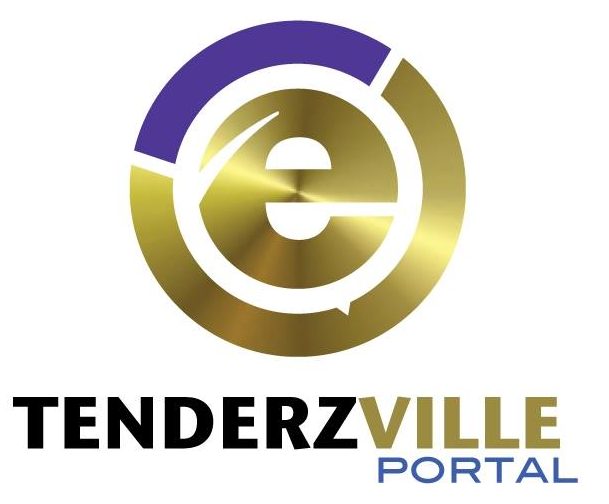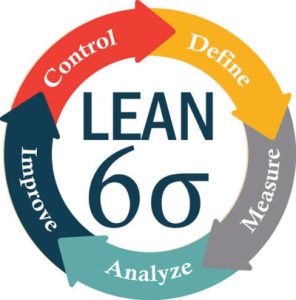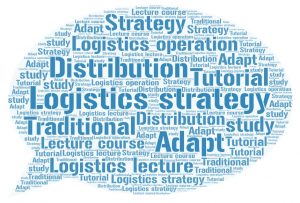Understanding Supply Chain Demand Planning and Forecasting
Supply Chain Demand Planning and Forecasting predicts future demand for products & services, ensuring efficient supply meets this efficiently. Benefits include minimizing stockouts, reducing lead times, enhancing customer satisfaction, informing pricing, promotions & new product introductions. It helps identify the root causes of demand fluctuations and adjust production & supply chain processes accordingly. Effective demand planning and forecasting improves profitability, lowers costs, and increases competitiveness.










